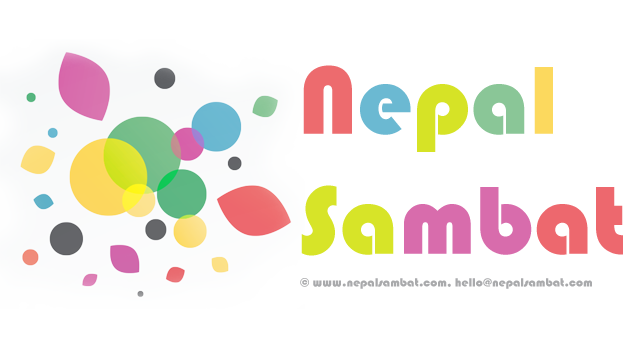Mha Puja: The New Year’s Day
The New Year’s Day of Nepal Samvat (Kartika Sukla Pratipada) coincides with a family celebration among the Newars, both Buddhist and Hindu, known as mha puja (literally, body-worship or self-worship). Although the puja is evidently inspired by the puranas and tantras, it is a unique Newar festival, quite different both in form and content from the Hindu festival of Govardhan Puja.. commonly observed by the non-Newars in Nepal.
On this day, all the members of a Newar family sit in a row, each member facing a fully decorated mandala (geometric circle). Irrespective of age or sex, all the family members are worshipped in turn by the eldest woman of the family The mandala is a series of concentric circles, each drawn in turn by water, oil, rice, paddy, and yellow and red powders. At the centre of each circle, a compact group of five circle in drawn, each covered by paddy and rice, decorated with flowers and ritual thread, known as jajamka. The inmates of the family are each offered a burning oil-fed wick known as khelu-ita. Originally, it measured equal to the length (dhul) of a human face (khe). Finally, the auspicious sagun is offered, consisting of whole boiled-and-fried egg, accompanied by other makaras--matsya (fish), masa (meat), madya (wine), fried ginger (mudra) and bean cake (maithuna).. The eldest woman of the family wishes each member of the family a long life-a wish symbolized by the offer of a present consisting of walnuts, jackfruit, common citron, and above all gwae swan, the long-lasting nut-shaped velvety flower.
Find more about Nepal Sambat
